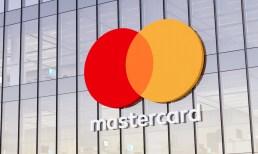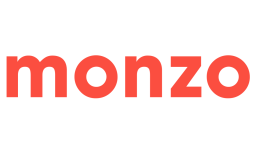Contracting and payment processes are notorious for being cumbersome, time-consuming and often riddled with inefficiencies. From the initiation of a contract to the final payment, businesses frequently find themselves mired in layers of friction that slow down operations and hinder cash flow.
Whether you’re a small, medium or large enterprise, the pain points associated with these processes are universally felt.
“At the end of every signature, almost always, someone has to pay someone money,” Marty Ringlein, co-founder of Agree.com, told PYMNTS CEO Karen Webster during a conversation with co-founder Will Hubbard.
Despite this inevitable connection between signing contracts and making payments, the two processes often exist in disjointed, disconnected silos, Ringlein added. This separation leads to friction, delays and inefficiencies — problems that are not only frustrating, but also detrimental to business growth and efficiency.
“It’s back and forth over email, Word docs, PDFs, then you switch over to totally different software … eventually, things start to slip through the cracks,” explained Hubbard. “To go from send, to sign, to get paid all in one platform is meaningful, particularly to mid-market groups, companies doing six to seven figures in revenue.”
Advertisement: Scroll to Continue
Streamlining the Process With Contracting and Payment Processes
One particularly problematic scenario that Ringlein highlighted involves investment agreements. After signing a SAFE agreement to invest in a company, investors are often left chasing confirmation of the transaction, with funds seemingly disappearing into the ether.
The root of the problem lies in the fact that most businesses use separate, often outdated, systems for each step in the process. Ringlein noted that automated accounts receivable (AR) and accounts payable (AP) systems, which should ideally be able to communicate and trigger actions like payment confirmations, are often not connected. This disconnect forces businesses to rely on manual processes, further exacerbating delays and inefficiencies.
“There’s so much unnecessary back and forth, a lot of steps simply to get somebody paid,” Ringlein said.
He and Hubbard noted that their platform’s approach to solving these issues relies on understanding every detail of a contract — down to the comma placement and payment terms. By doing so, the platform can automatically generate an invoice as soon as the contract is fully executed. This invoice can then be sent along with the signed agreement, complete with a secure payment link, allowing the entire process to be managed end-to-end in one seamless thread.
The solution primarily targets the mid-market segment, which itself includes a diverse range of businesses, from independent contractors and small- to medium-sized businesses (SMBs) to B2B software companies. These businesses are often characterized by their reliance on contracts for revenue generation and their need to streamline operations to maintain competitiveness. Agree aims to replace the patchwork of tools currently in use, while also integrating with existing platforms where necessary.
“A lot of these legacy eSignature players, they mostly go after the sender,” explained Ringlein. “So, in this case, a sales rep, but legal wants eyeballs into what’s being changed on a document. Finance obviously wants eyeballs into what’s happening. So, this is a collaborative place where those three siloed teams for the first time come together around the contract.”
Addressing Scalability and Overcoming Adoption Barriers
One of the challenges Agree faces is ensuring that mid-market businesses are ready to embrace and integrate its solution. However, the founders said the response so far has been positive. Hubbard shared an anecdote from a conference where business owners cheered at the prospect of no longer having to pay for Docusign, reflecting the eagerness of many businesses to adopt a more integrated and cost-effective solution.
And while the initial focus is on mid-market businesses, Agree has plans to move upmarket in the future, offering enterprise-grade features to larger companies. The platform’s ability to integrate multiple layers of the contracting and payment process, including assigning different roles for signing and paying, makes it particularly appealing to businesses with more complex workflows.
Ringlein and Hubbard said they also see potential in specific industries that have been slower to modernize, such as interior design and wedding photography. These sectors, characterized by their reliance on analog processes and the need for fast, secure payments, stand to benefit from Agree’s solution. By increasing what Ringlein referred to as “signature velocity,” Agree works to help ensure that both parties are incentivized to move the process forward quickly, benefiting everyone involved.
For all PYMNTS B2B coverage, subscribe to the daily B2B Newsletter.




